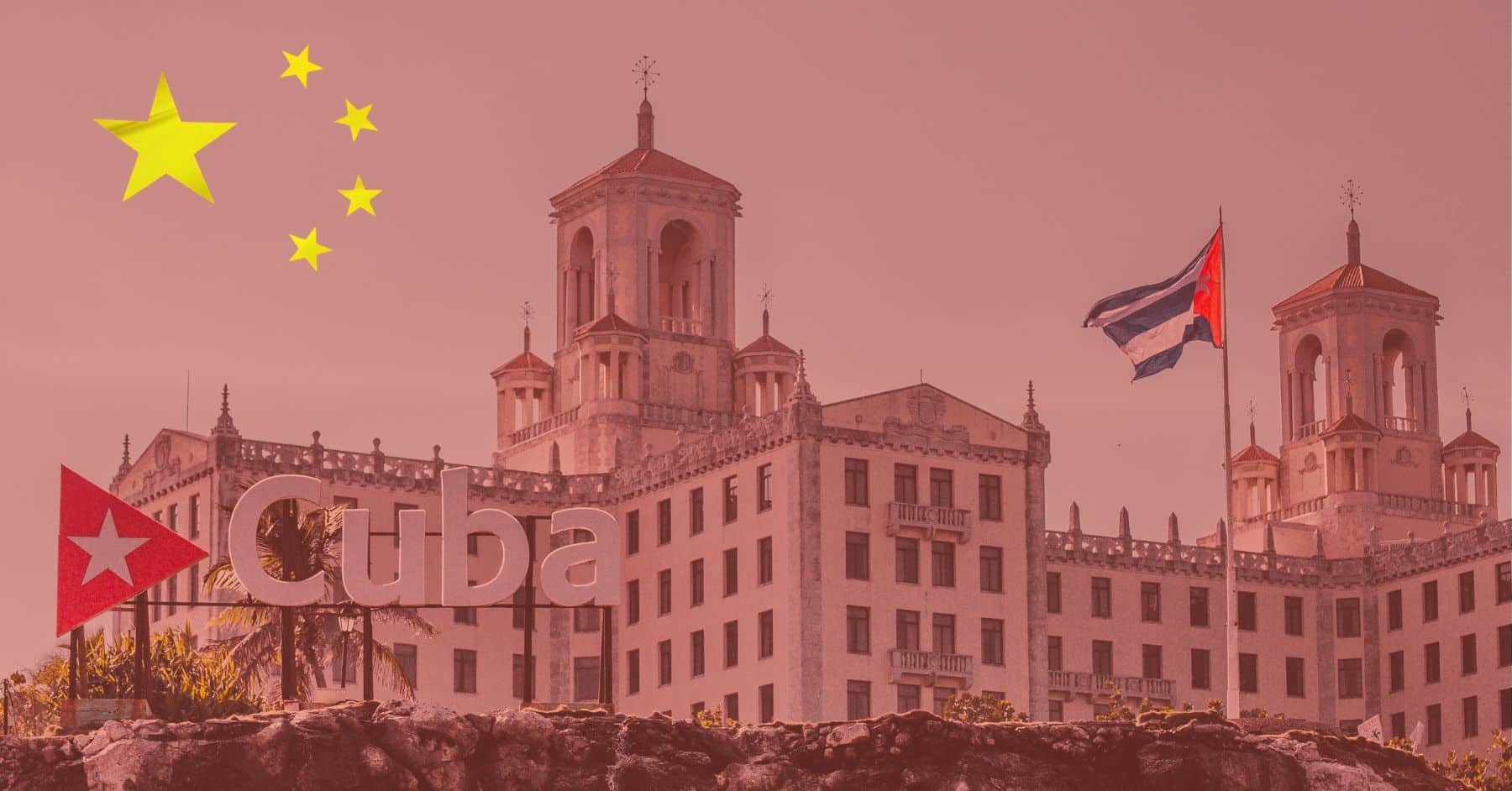The Communist Threat in America’s Backyard

At a recent hearing before the U.S. House Committee on Homeland Security, three experts expressed concerns regarding a threat that—whilst not new—has become more sophisticated: the expansion of China’s influence on the island of Cuba.
Dr. Ryan C. Berg, director of Americas Program at the Center for Strategic and International Studies, Andrés Martínez-Fernández, a Latin America senior policy analyst at The Heritage Foundation’s Allison Center for National Security; and Leland Lazarus, associate director for the National Security Program at Florida International University’s Gordon Institute for Public Policy made the case that Cuba, situated a mere 90 miles from the coast of Florida, has emerged as a pivotal strategic stronghold for the Chinese Communist Party’s efforts to clandestinely surveil the Unites States.
A recent CSIS study has revealed that Beijing has funded the installation of advanced signals intelligence (SIGINT) centers on the island, with at least four sites having been identified in Bejucal, Wajay, Calabazar and El Salado. From these locations, a range of activities are subject to China’s monitoring, including military operations, maritime traffic, space launches, and even sensitive communications emanating from the U.S. government. This surveillance network, driven by Chinese entities, constitutes one of the most ambitious intelligence operations ever established in such close proximity to the mainland United States.
Furthermore, the CCP has also exported “dual-use” technology to Cuba with both civilian and military applications. It is evident that companies such as the sanctioned Nuctech have been responsible for the installation of scanners and surveillance systems in Cuban airports and ports. This has resulted in Beijing being granted privileged access to strategic data flows on the island. Furthermore, Chinese technology giants such as Huawei and ZTE have provided the digital infrastructure that supports the Cuban regime’s telecommunications, facilitating potential cyber and espionage operations.
Hemispheric risk
The collaboration between China and Cuba poses a significant threat to U.S. national security and could potentially disrupt U.S. global operations. It has been posited by certain experts that China’s growing presence in the Caribbean region could be utilized to impede American strategic maneuvers from the Atlantic to the Pacific in the event of a conflict in the Indo-Pacific. It can thus be concluded that the threat is not only regional in scope, but global in nature.
The Cuban regime, with its faltering economy and extensive history of forging alliances with foreign powers that are adversarial to the United States, cannot be regarded as a passive actor in this geopolitical landscape. Instead, it functions as an active and willing partner. As was the case with the USSR during the Cold War, when the 1962 Cuban Missile Crisis brought the world to the brink of nuclear war, Havana is once again offering its territory to assist the global communist axis of evil to target the United States.
This phenomenon of communist cooperation is not unprecedented. During the 1950s, the People’s Republic of China engaged in military intervention to support the communist regime in North Korea, which was facing opposition from U.S.-led forces. Subsequent to this, North Vietnam established a strategic alliance with the USSR to counteract American influence in Asia. In the contemporary era, history appears to be repeating itself, albeit with new protagonists and more sophisticated technology.
It is unsurprising that the regime of Miguel Díaz-Canel is aligned with that of Xi Jinping. The phenomenon of cooperation among authoritarian regimes, characterized by communists, autocrats, and human rights abusers, appears to be a natural consequence of their shared objectives and strategies. Should the government of the United States fail to pay adequate attention to this matter, the threat will no longer be located 90 miles away, it will be domestic.
Hernán Alberro is a Senior Fellow with VOC’s Latin America Program. All opinions are those of the author and do not necessarily represent the position or views of the institutions they represent or VOC.

